A Hygrophilla corymbosa ‘Compacta’ with leaves that are close to the stalk. Several side shoots form, enhancing the compact appearance. When the plant leaves the nursery, the leaves are dark brownish-green, but after a transition period in the aquarium, they turn pale green and silver-white on the underside. In bright light, the newest leaves may turn reddish brown, while in low light, the oldest leaves die off after a while. New side shoots frequently form to replace the old.
This dwarf form was most likely created by mutation and is unusual for the Hygrophila genus. The stems are tightly packed, and the leaves are tightly packed as well. Aquarium plants have bright green leaves, whereas emersed cultivated plants have deep green leaves. They grow slowly, making them far easier to maintain than other Hygrophila varieties. It is an excellent choice for a foreground plant. The unusual leaves make this a refreshing change from the usual foreground plants.
Hygrophila corymbosa care is simple and will enhance the appearance of your freshwater aquarium. As a result, this plant is an excellent choice for aquarists new to managing planted tanks. There are various types of hygrophila, which are distinguished primarily by the length to which they grow. However, they all share some key characteristics, such as the need for adequate lighting and a preference for larger tanks. Hygrophila, which originated in South East Asia, spreads quickly in your aquarium and produces stunning green, massive leaves almost before your eyes. It’s simple to care for, though you’ll need to trim it frequently because it grows so quickly.
This plant can be kept in most aquariums, but it thrives in larger ones. It will thrive when submerged in water as well as when growing and emerging above the water’s surface, where it may develop purple leaves. If you want an eye-catching, low-maintenance plant for your large aquarium, the hygrophila corymbosa is a great choice.
Is CO2 required by Hygrophila?
It grows at a similar rate to most other Hygrophila species, but because of its low position in the aquarium, light levels are usually lower, making growth slower. Because it belongs to the medium category, it usually requires CO2 injection and moderate to strong lighting to thrive.
Is substrate required for hygrophila Corymbosa?
Water and maintenance parameters Because the hygrophila corymbosa siamensis plant grows quickly, it must be well-maintained, trimmed, and nourished with extra nitrite, nitrate, and ammonia, as well as an additional injection of CO2. A rich substrate is always required; this is a general rule.
Can Hygrophila grow in the absence of a substrate?
Hygrophila pinnatifida is a popular epiphyte in aquascaping circles because it grows well without substrate – it attaches easily to rocks and wood, and its reddish coloration and unique leaf shape serve as a good contrast against green plants.



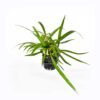

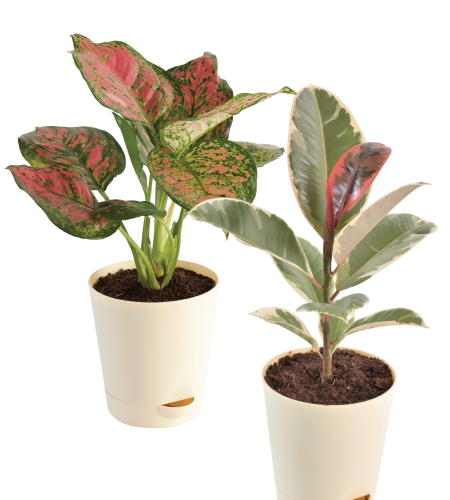
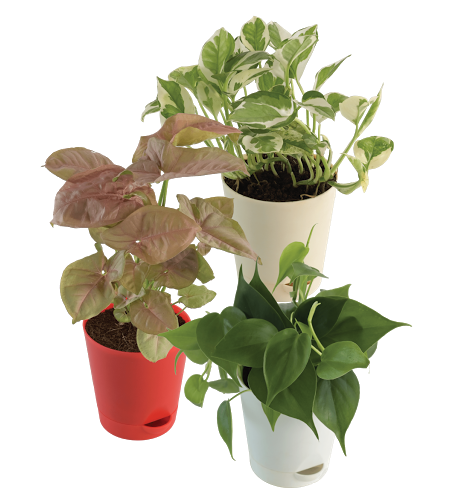

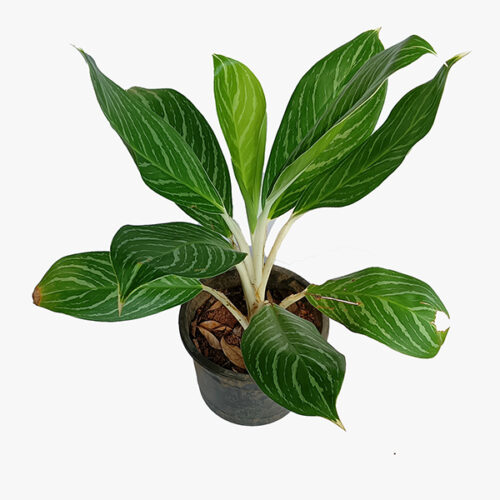

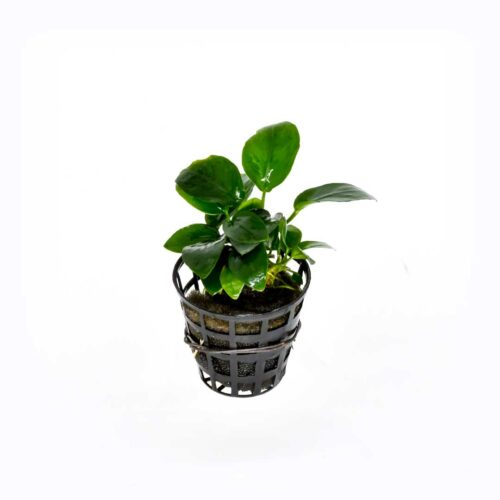
Reviews
There are no reviews yet.